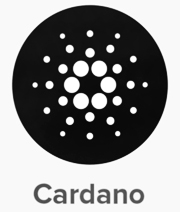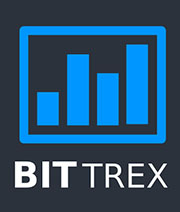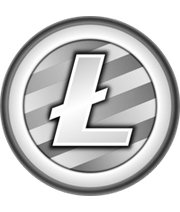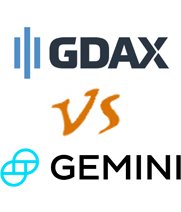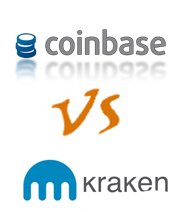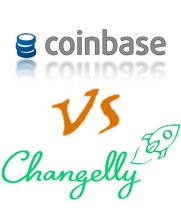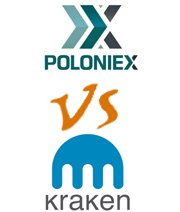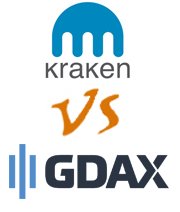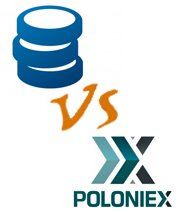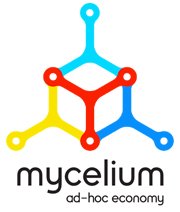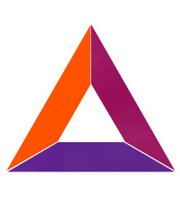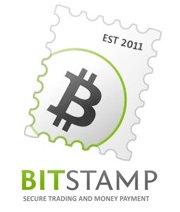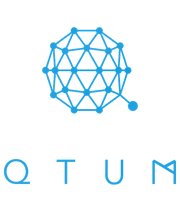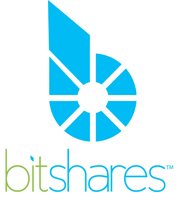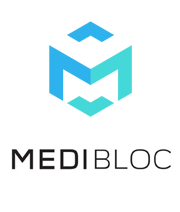
Table of Contents
The medical industry has a problem with records. When you go to hospitals and doctors, you need to keep on giving them the same information, and with every new doctor you go to, you need to take the same exams. This is a real burden in the medical industry, taking up time, resources, and making things needlessly complex for patients, nurses, and doctors alike.
Because of laws like the Health Insurance Portability and Accountability Act, or HIPAA, medical records are extremely hard to get access to and it’s difficult to share that information. Without being able to see the entirety of someone’s medical history, it could be hard to provide the right kind of care to people, and it definitely takes up valuable clinic resources.
MediBlock aims to change all that, using blockchain technology to create a safe, secure ledger of someone’s medical history that they can use to get their information to healthcare providers when they need to. It uses a system of reward (MediBloc, or MED) to encourage people to use the system, eventually being able to use the currency to even pay for insurance and prescriptions.
MediBloc isn’t the only blockchain cryptocurrency looking to change the world in 2024 – our new list of best altcoins of the year has others that are worth keeping an eye on.
Features of MediBloc
The primary focus of MediBloc is to make healthcare not only more accessible to healthcare providers and patients, but also to make it more valuable to researchers who could use the data from people’s records to help in researching new cures, drugs, or treatments. Here are some of the key features to this service:
- Patients own their own data, and get to decide who views it and who doesn’t.
- Only healthcare providers with a good record can edit data, and since blockchains allow anyone to see what edits have been made, it discourages unethical changes.
buy canadian zovirax online cpff.ca/wp-content/languages/new/canadian/zovirax.html no prescription
- ERC-20 MED tokens are distributed to people as a reward for contributing to the system.
- Connects to real-time updates in the world of medicine, so that medical personnel will know the most up-to-the-minute information for treatment.
- Data loss and theft are unlikely due to security protocols. In the 21st century, online medical data theft is a serious problem, and MediBloc is here to counteract it.
How MediBloc Works
This service is an app (or “DApp” for decentralized app) that uses the Ethereum system. It has three levels:
- The MediBloc Core: Uses extra online storage in case of data loss.
- The MediBloc Service: Uses Smart Contract protocols to facilitate communication and transfer between the Core and the Application.
- The MediBloc Application: This is what people will be interacting with directly, so that people can access and grant access to their information.
This system uses something called the MP, or Medi Point, that’s given to people who use the service more often. You can convert it to MED, which can be used for payments at some point.
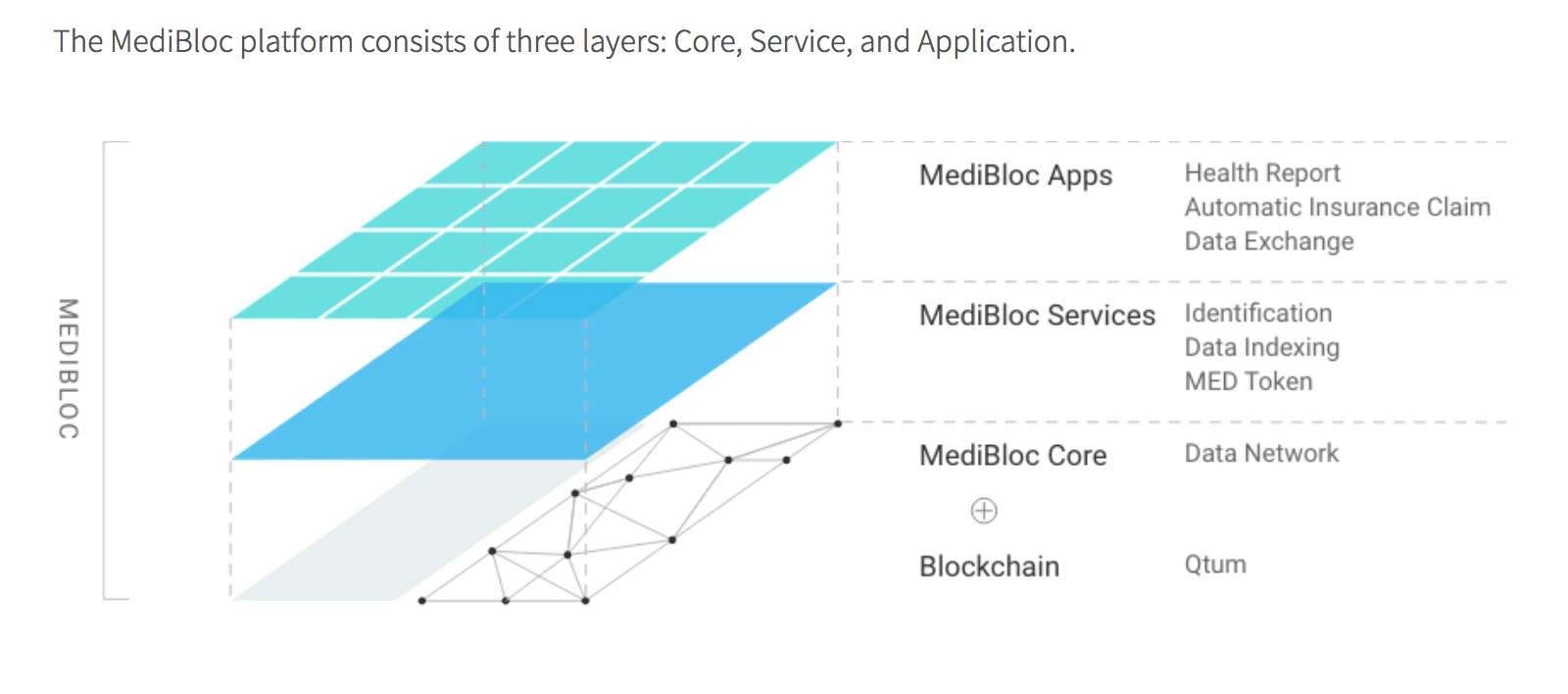
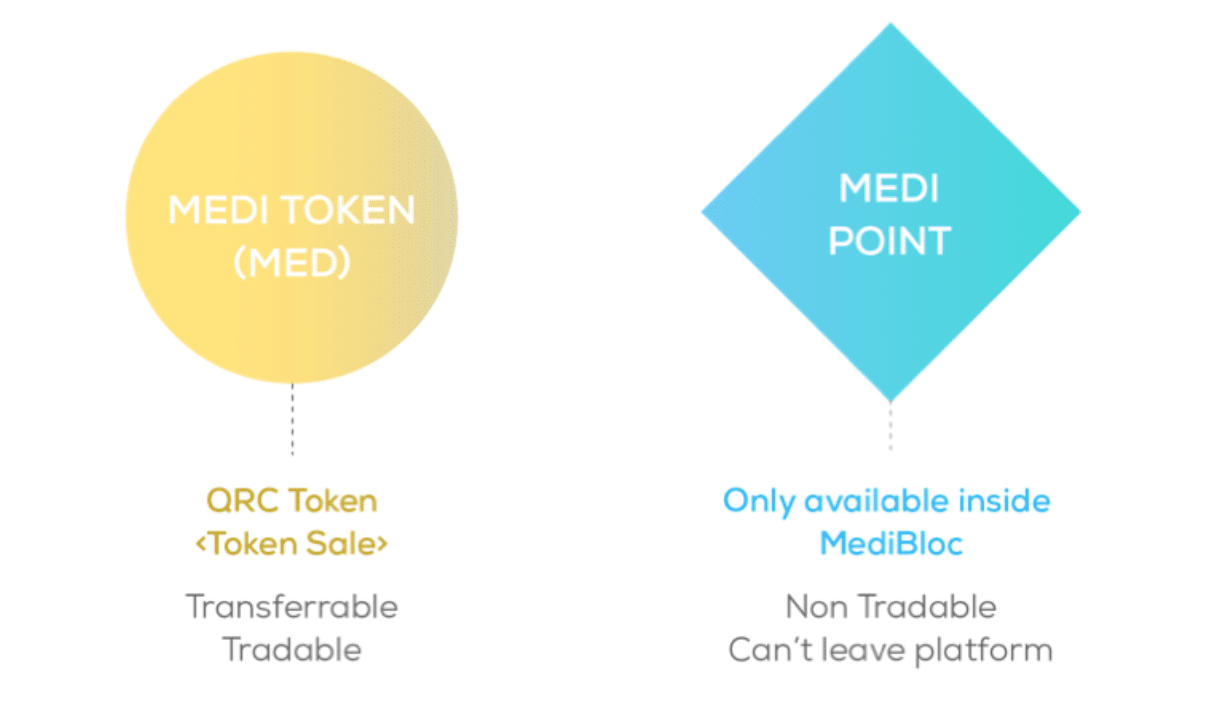
The Company
This company started in Seoul, South Korea in 2024 with the mission of improving healthcare by shifting power and control to the individual. It not only has developers on its team, but also doctors, including Dr. Allen Wookyun Kho, who used to work at Samsung, and Dr. Eunsol Lee (both of whom are doctors and developers). The company is privately held.

The Supply of MediBloc
The distribution of the MediBlock tokens is around 4 billion at the moment, with around 2.9 billion being circulated actively. This is despite the fact that they started out with 10 billion – so why did they burn the rest? They claim it was to make sure the tokens maintained value, and that’s why they did the coin burn (a common practice in crypto).

MediBloc’s History in the Market
In December of 2024 the value of the MediBloc coin started out at $.02, but around mid January 2024 the value shot up to $.34. As the cryptocurrency market has gone down since then, so has MediBloc’s value.
Since MediBloc is brand new, it’s only just getting its footing, and as it gains in popularity it should also gain in price as well. Other coins that are seeing an upsurge in price can be found at our list of 2024’s best alcoins, here.
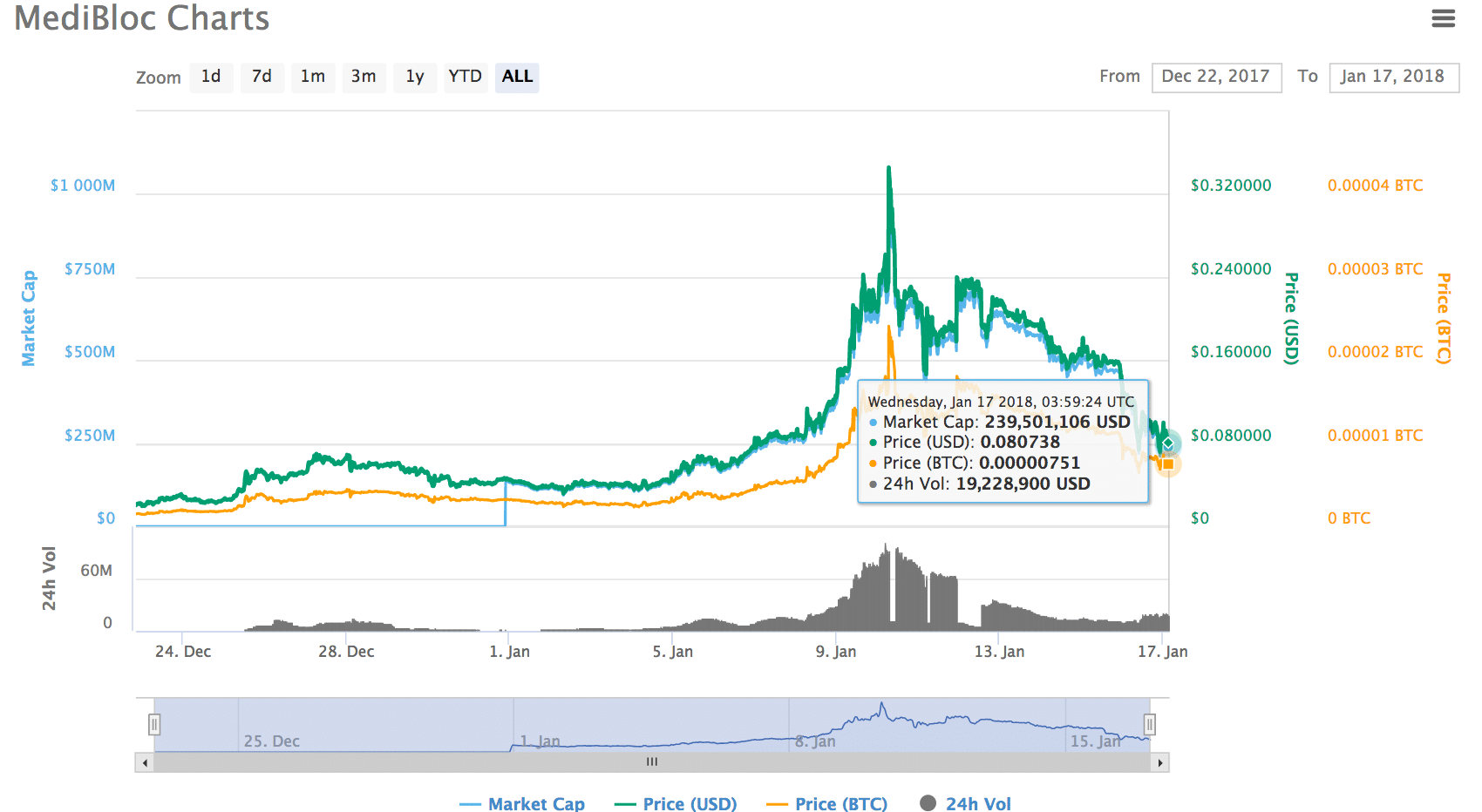
Where to Buy MediBloc
MediBloc isn’t very widespread yet, so it’s not as easy to get a hold of them. Right now the only two exchanges that have MediBloc are Coinrail and Gate.io, and you can’t buy them outright with fiat currency. Here’s you get MediBloc: buy Ethereum or Bitcoin on an exchange like Coinbase, then put that amount in your account at either Coinrail or Gate.io. Then, you’ll be able to exchange your currency for MediBloc, and you’ll be good to go.
If you prefer not to buy MediBloc, you can also just use the service and accumulate Medi Points.
buy canadian temovate online cpff.ca/wp-content/languages/new/canadian/temovate.html no prescription
After 3 months, they convert to MediBlock coins.
Where to Store MediBloc
You can technically keep your MediBloc tokens in your Gate.io or Coinrail wallets, but if you would prefer to hold them elsewhere, MediBloc is working on a solution. At the moment, they’ve come up with a way for people to store them on the Qtum Core Wallet, developed by blockchain developer Qtum. In the future, hopefully MediBloc will allow new ways to store these coins, especially if they increase in value and circulation.
MediBloc vs Patientory
These services are similar in their central idea: to provide a safe, secure, and efficient way for patients to access and transmit their health records, all using blockchain technology to keep records of transactions and changes. The main differences seem to be in the additional features they offer. MediBloc allows patients to authorize healthcare providers to add information about doctor visits and medications to a person’s record, as well as the ability (in the future) to pay your bills, insurance, and copay with the service’s internal coins. Patientory aims to give people the ability to also talk with doctors and medical professionals in real-time, as well as access a community where you can get feedback and ask questions. Patientory uses coins to pay for space to store info.
Frequently Asked Questions
- Is there a MediBloc Wallet?
Not as such. MediBloc doesn’t have its own wallet per se, but you can use the Qtum Core Wallet to store MediBloc currency on. - How do I buy MediBloc?
You can purchase MediBloc on Coinrail or Gate.io, the only two exchanges where this currency is traded. You must buy in Ethereum or Bitcoin, however. - What does the MediBloc coin do?
The MediBloc coin is used to pay for transactions such as transmitting data, editing your record, and adding new information to your record.
buy canadian tadalafil online cpff.ca/wp-content/languages/new/canadian/tadalafil.html no prescription
It can also be used to pay for insurance and medication. - Where can I read a review of MediBloc?
Some users have written about their experiences with the service in forums and website, and some blogs about cryptocurrency have looked into MediBloc and broken it down. - Is MediBloc an exchange?
No, MediBloc isn’t an exchange, but a service that you can use to store, access, and transmit health record information. - Is there a community for MediBloc on Reddit?
Yes, right now there’s an active community of people discussing MediBloc, the service, the currency, and how its doing in the market. - Where can I read news about MediBloc?
You can check out MediBlock on Twitter, but there are other places that feature news about it (including a recent article on Forbes). - Does MediBlock have a Twitter?
Yes, they have a Twitter which they use to provide people updates about MediBloc and gauge potential customer reaction to ideas and services. - What is the price of MediBloc?
The price of a cryptocurrency can change over the course of a day, so for the most up-to-date information you should make sure to check the marketplaces to see how things are going. - Can I buy MediBloc on Binance?
No, right now the only exchanges you can buy MedBloc coins on are Coinrail and Gate.io. - What is MediBloc?
MediBloc is a decentralized, blockchain-based way of storing and sharing health records between patients, healthcare providers, and researchers, in a way that respects privacy and allows access for those that need it. - Is MediBloc a crypto?
Technically it is a cryptocurrency, in that it can be used like a fiat currency to pay for services, including (one day) paying for medical bills. - What’s the relationship between MediBloc and Qtum?
Right now the only way to store MediBloc is on the Qtum Core Wallet, so the MediBloc team has provided instructions on how people can go about storing them. - Where can I read a review of the MediBloc ICO?
You can check out articles and information about the MediBloc ICO on Medium, ICODrops, and Coinstaker.
Conclusion
MediBloc is one of the first services to use blockchain technology to tackle a problem that has beena round for decades, and since it’s a new approach and a new type of platform, there’s no telling for sure how it will perform. But since it offers a safe and secure way for people to not only have access to their own information, but to be able to give that information to those who need it (like doctors) it could result in less wasted time, effort, energy, and provide a way to keep data safe from hackers.
MediBlock is offering a new way to look at healthcare. Other industries are being disrupted by other blockchain solutions too, some of which you can find at out list of the Best Altcoins to Invest In 2024.



